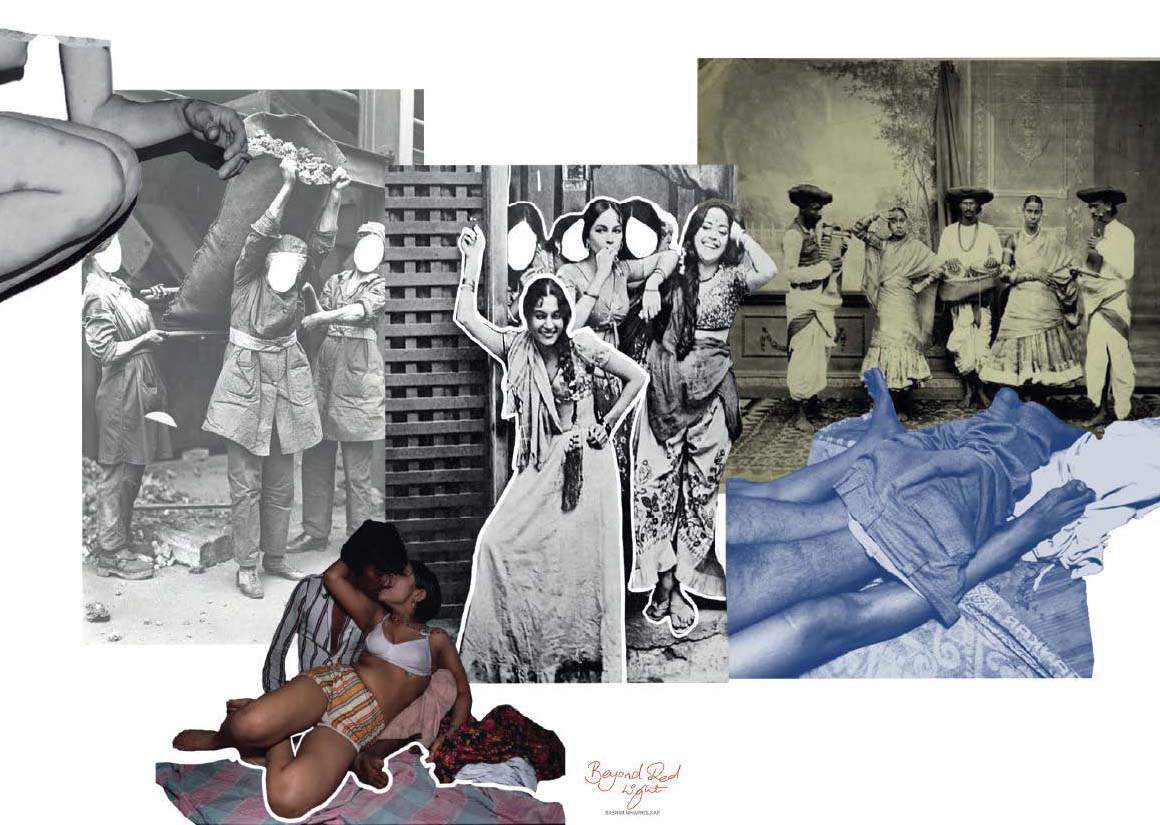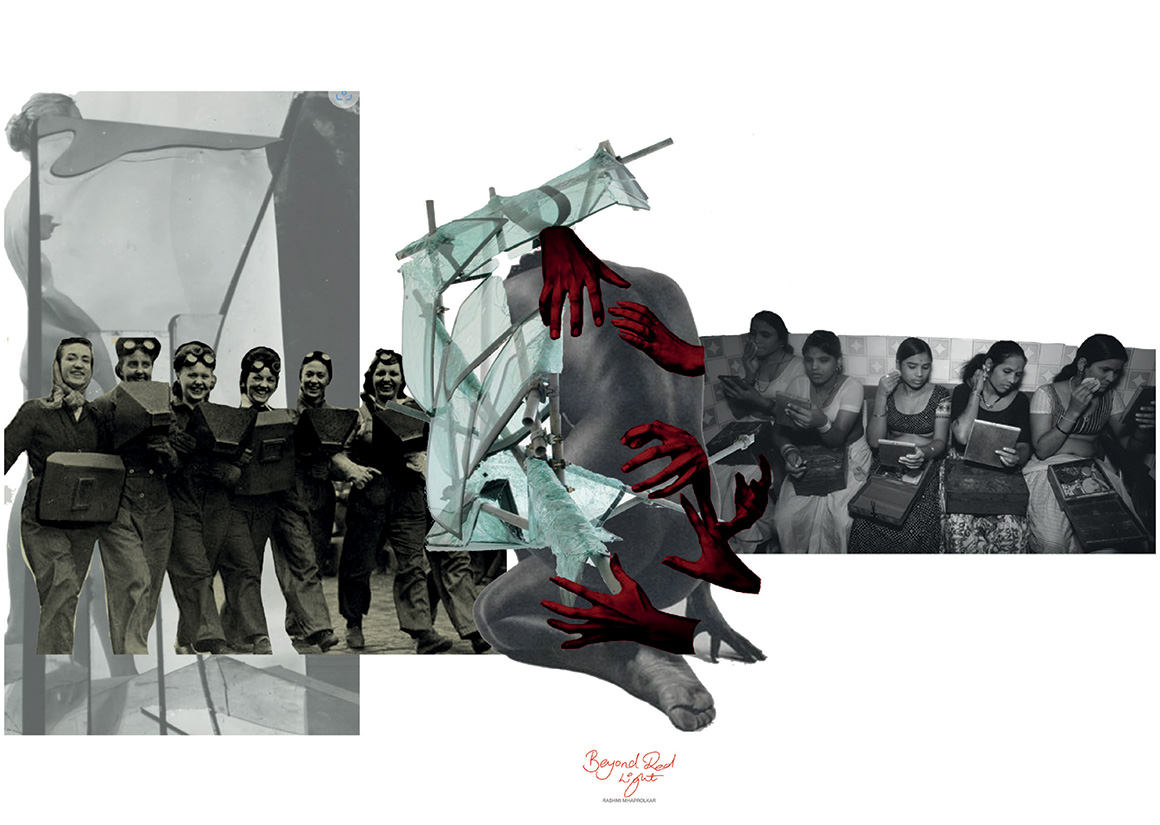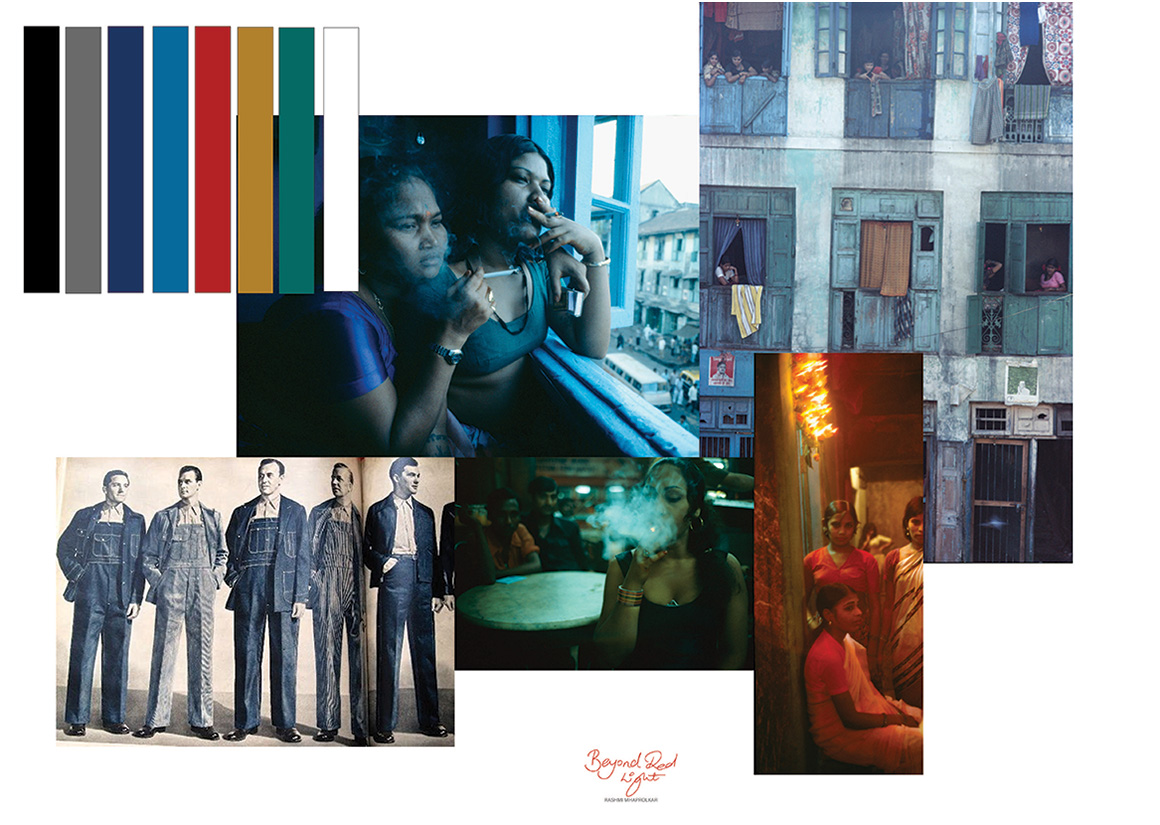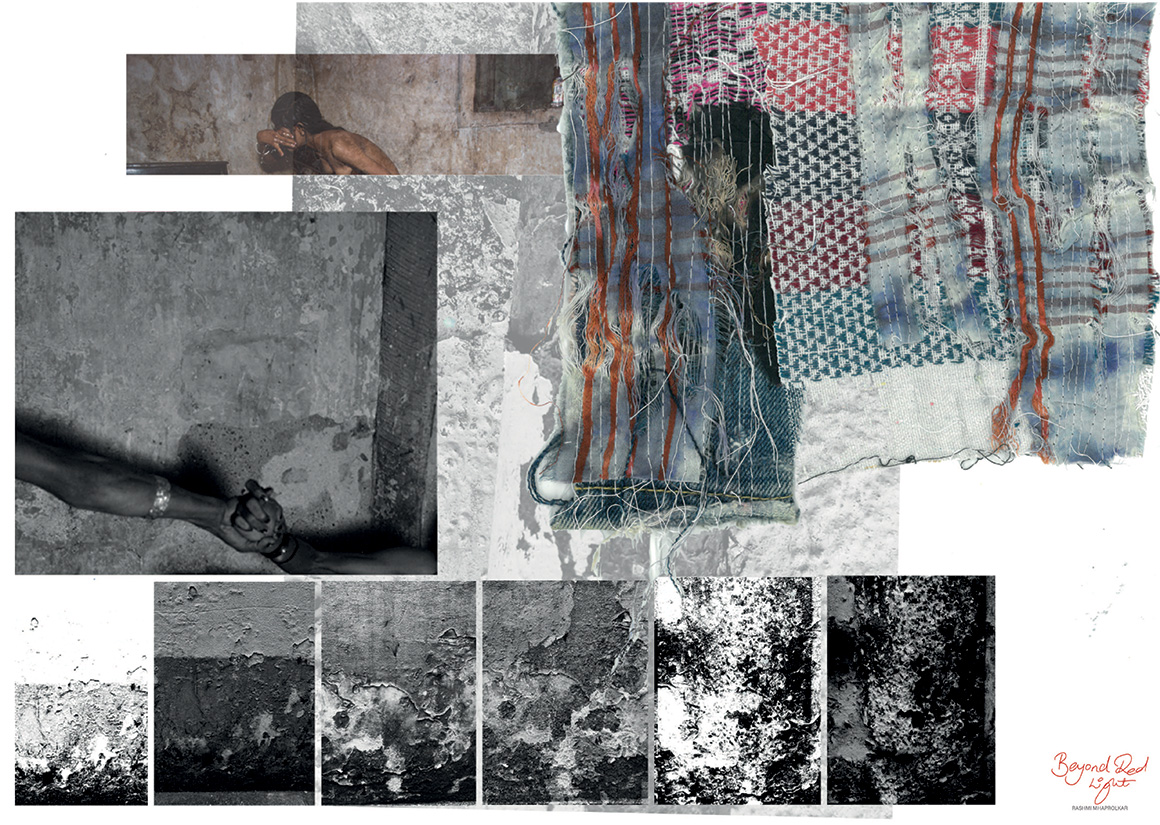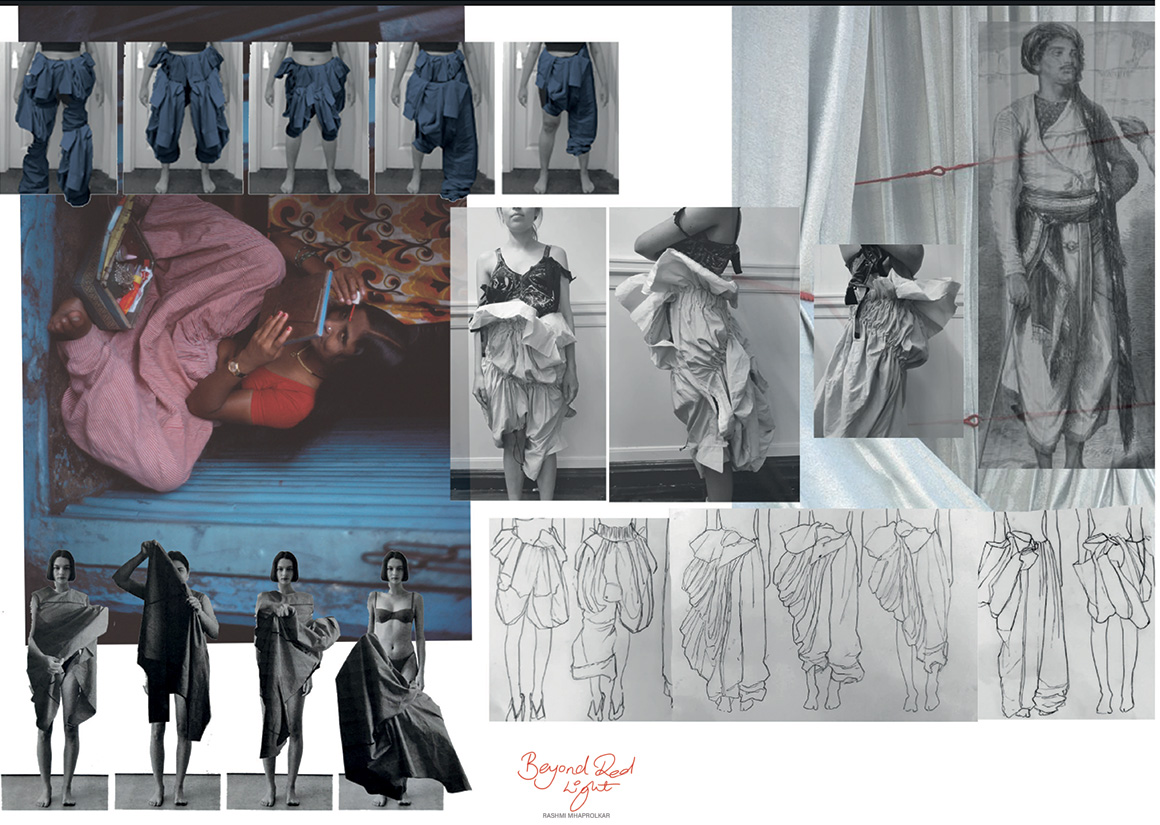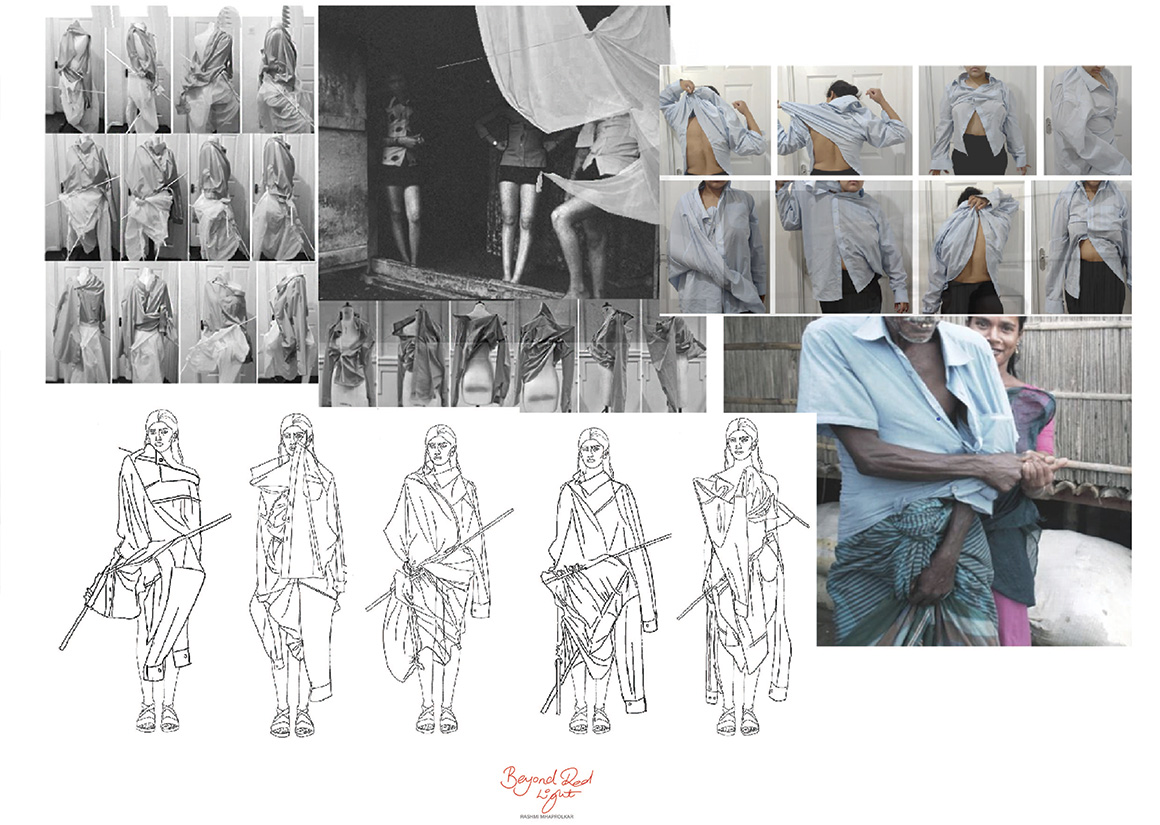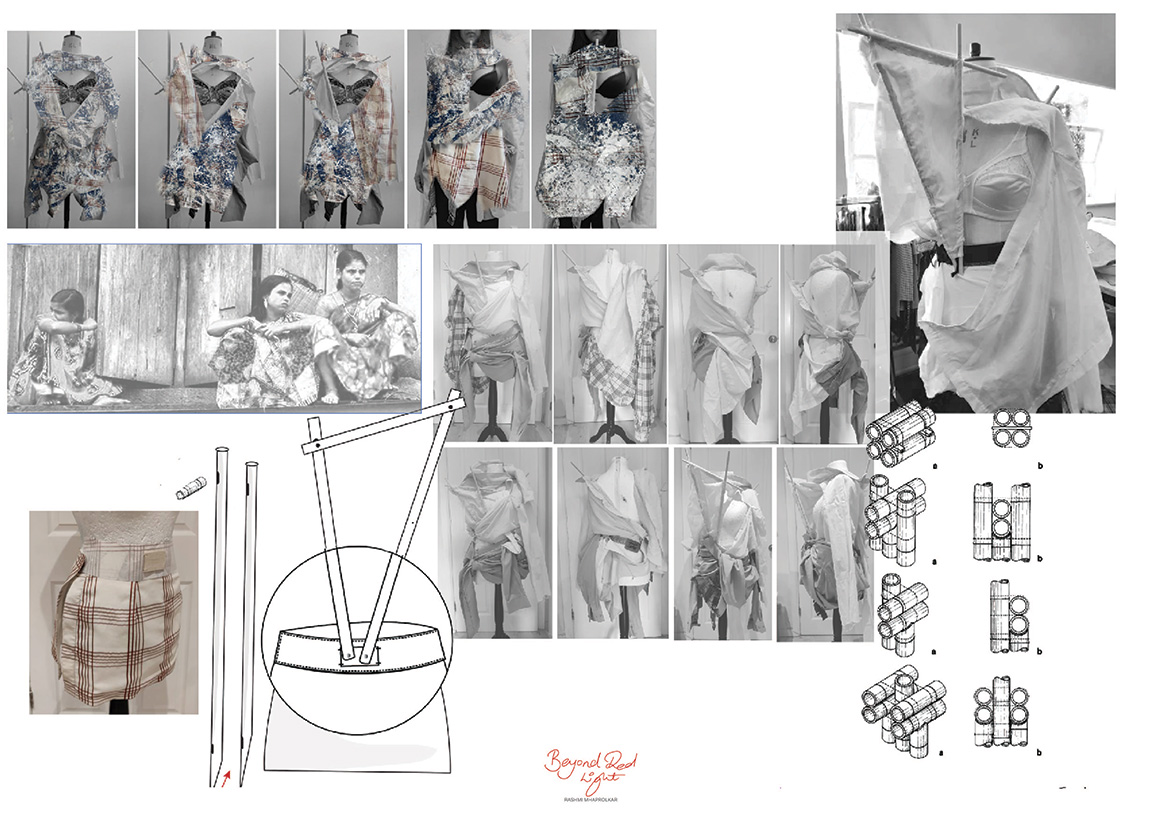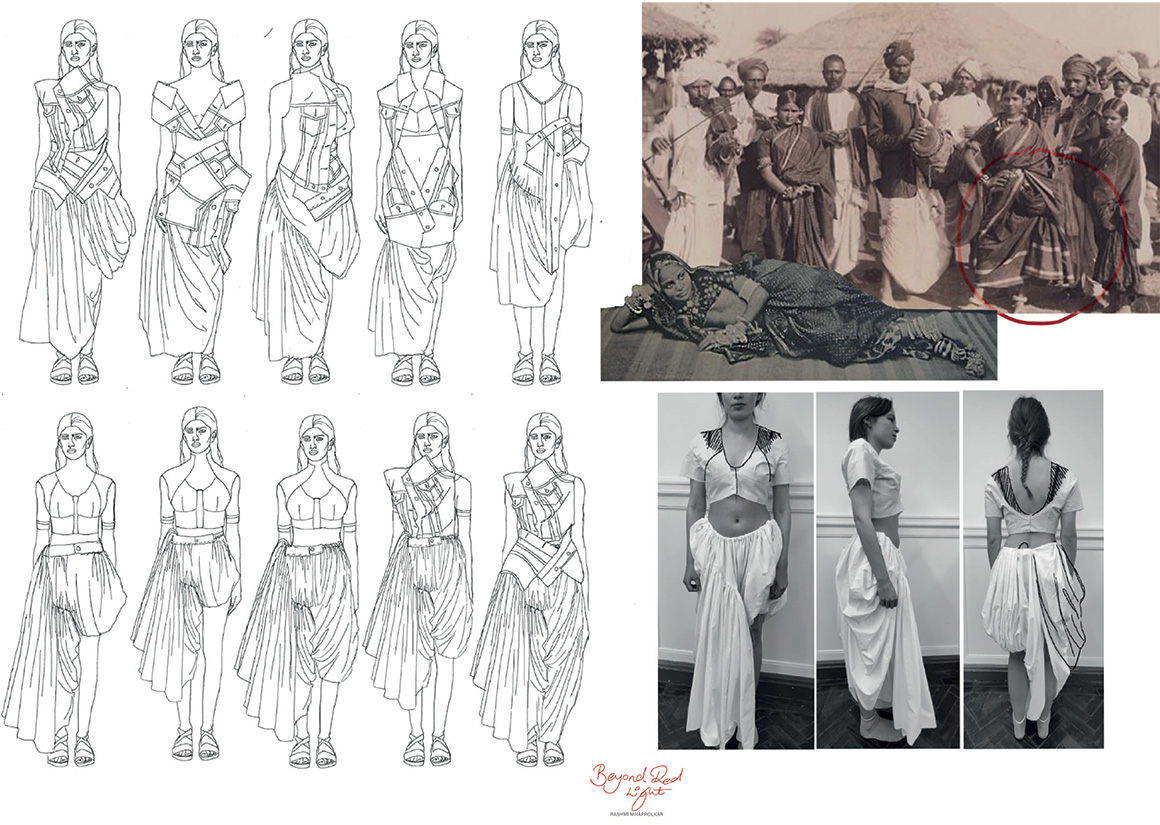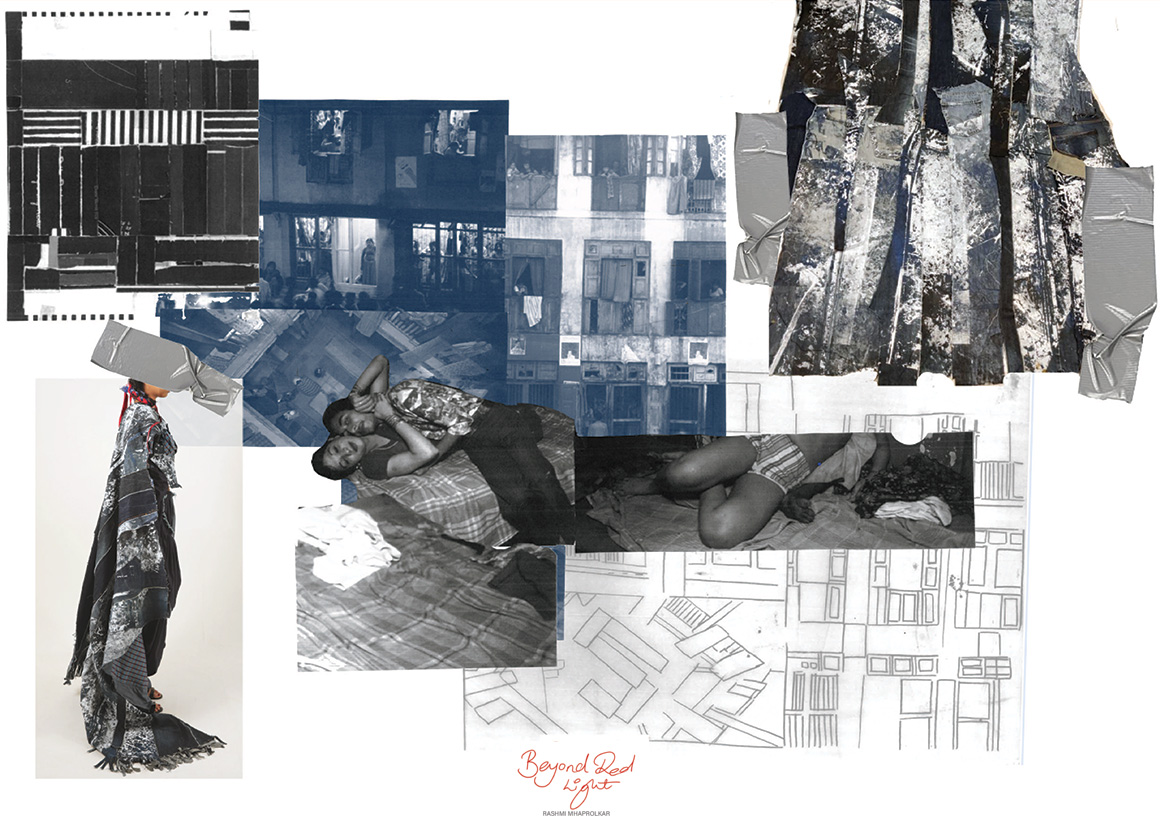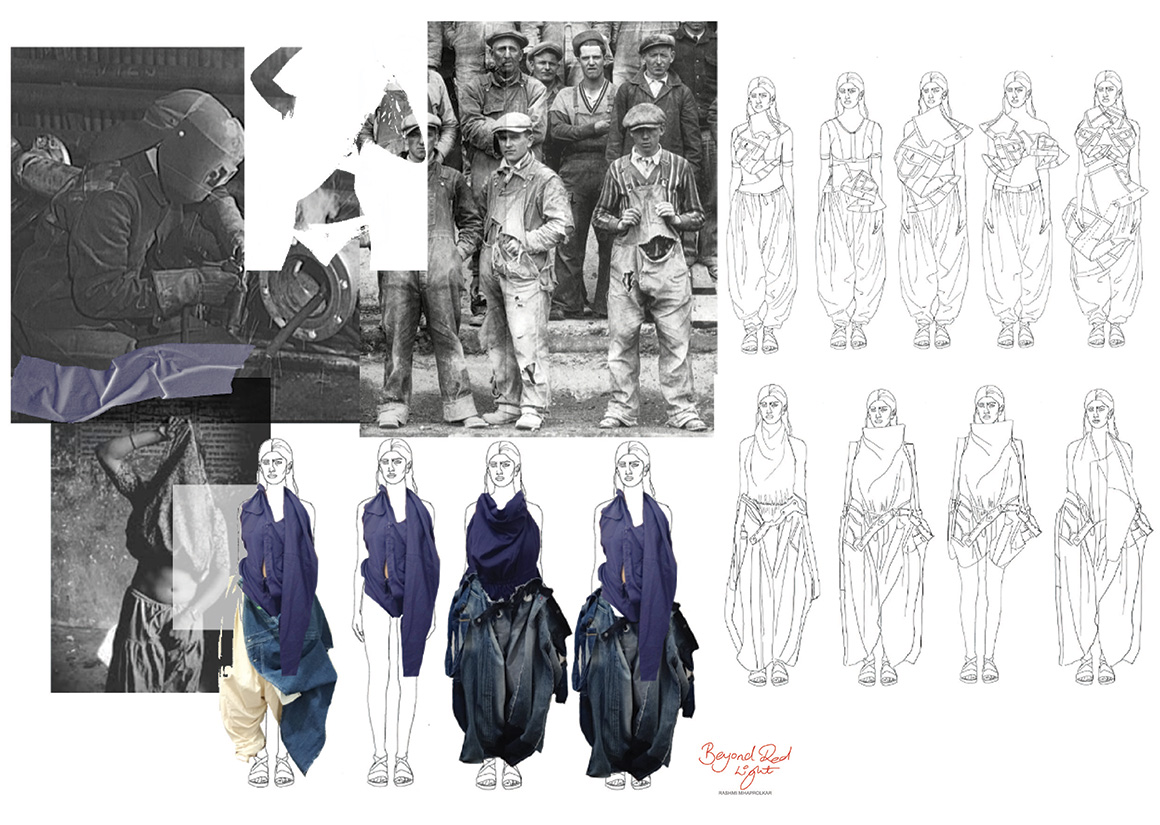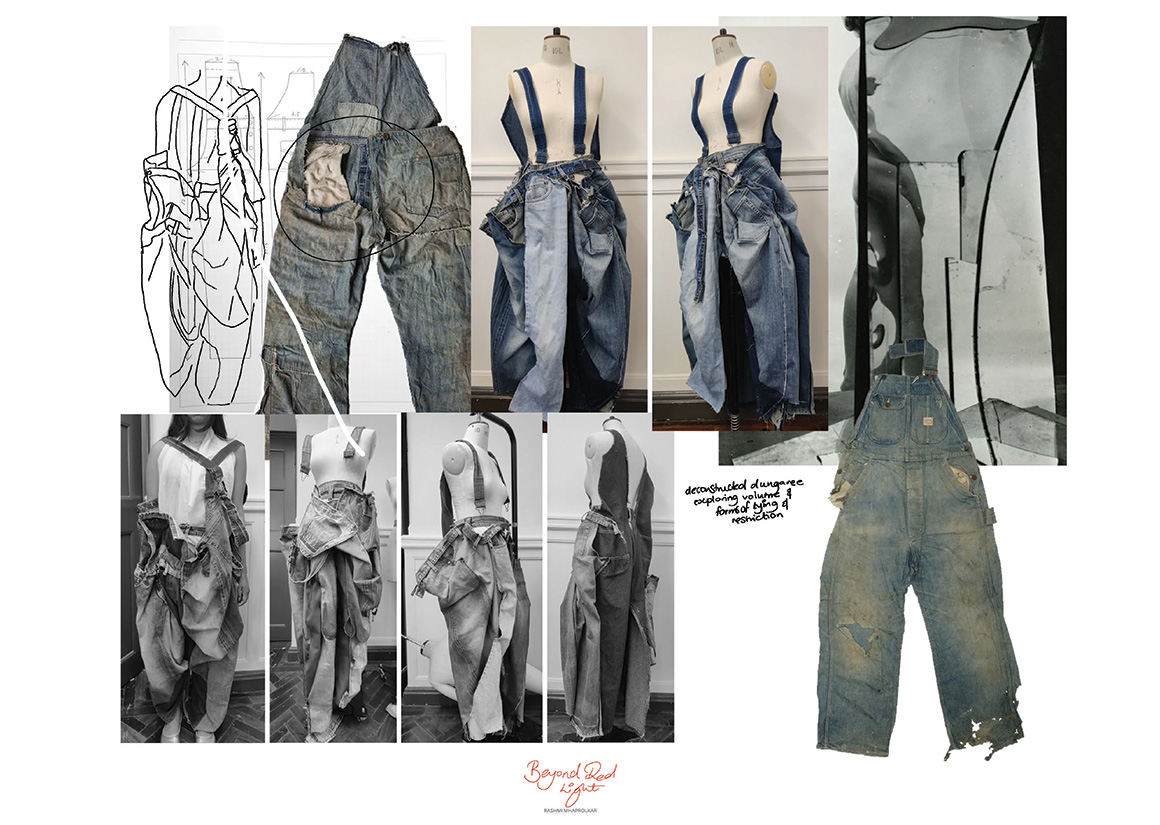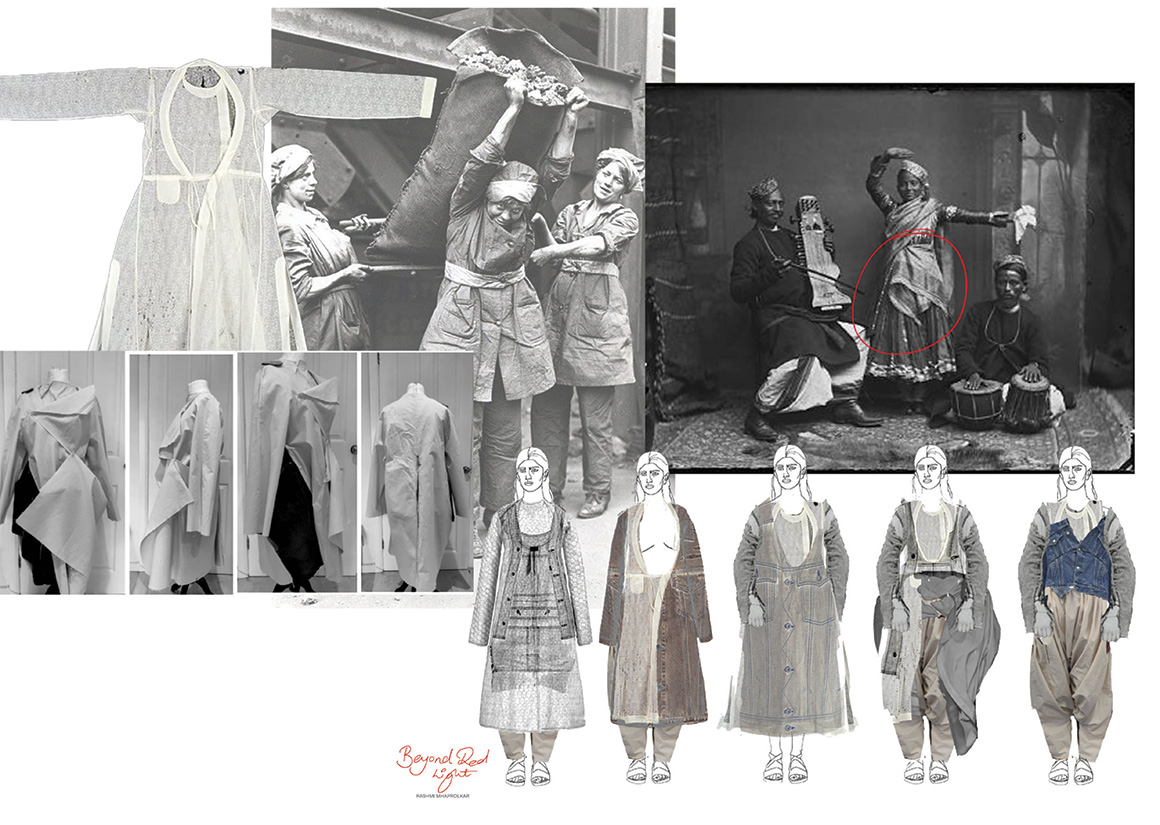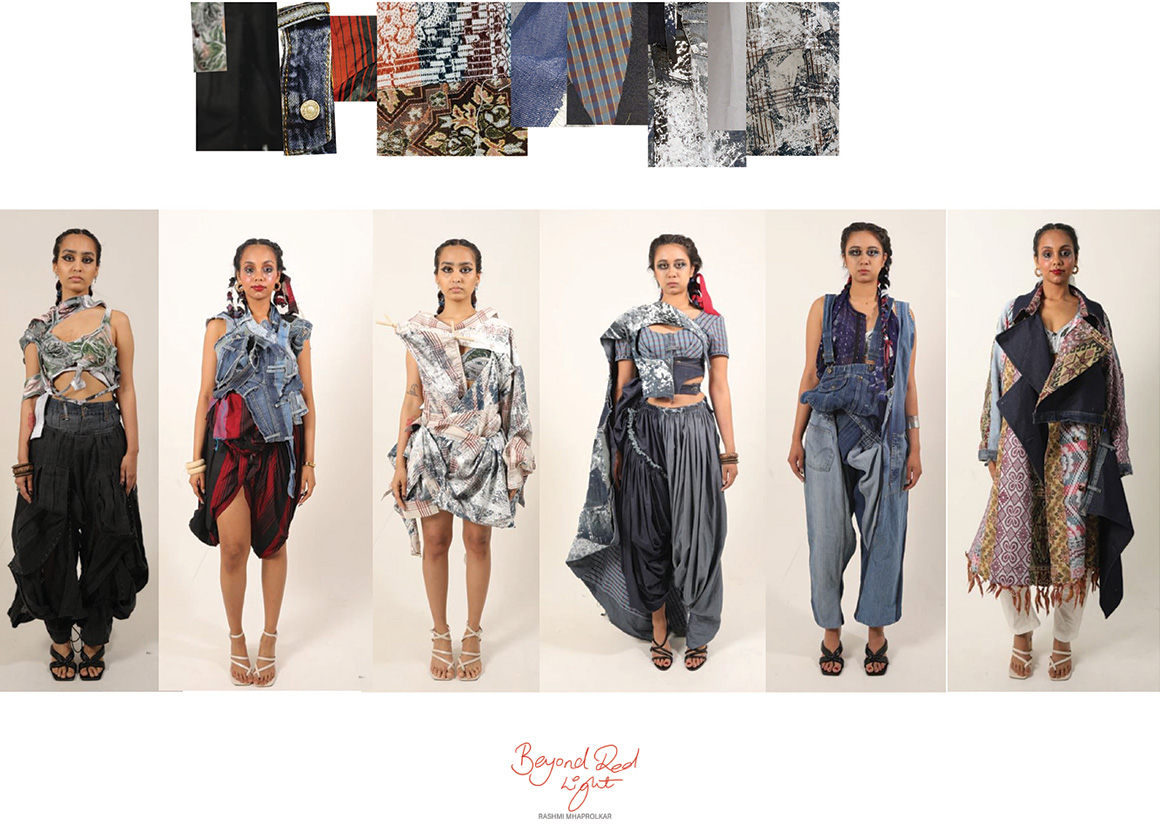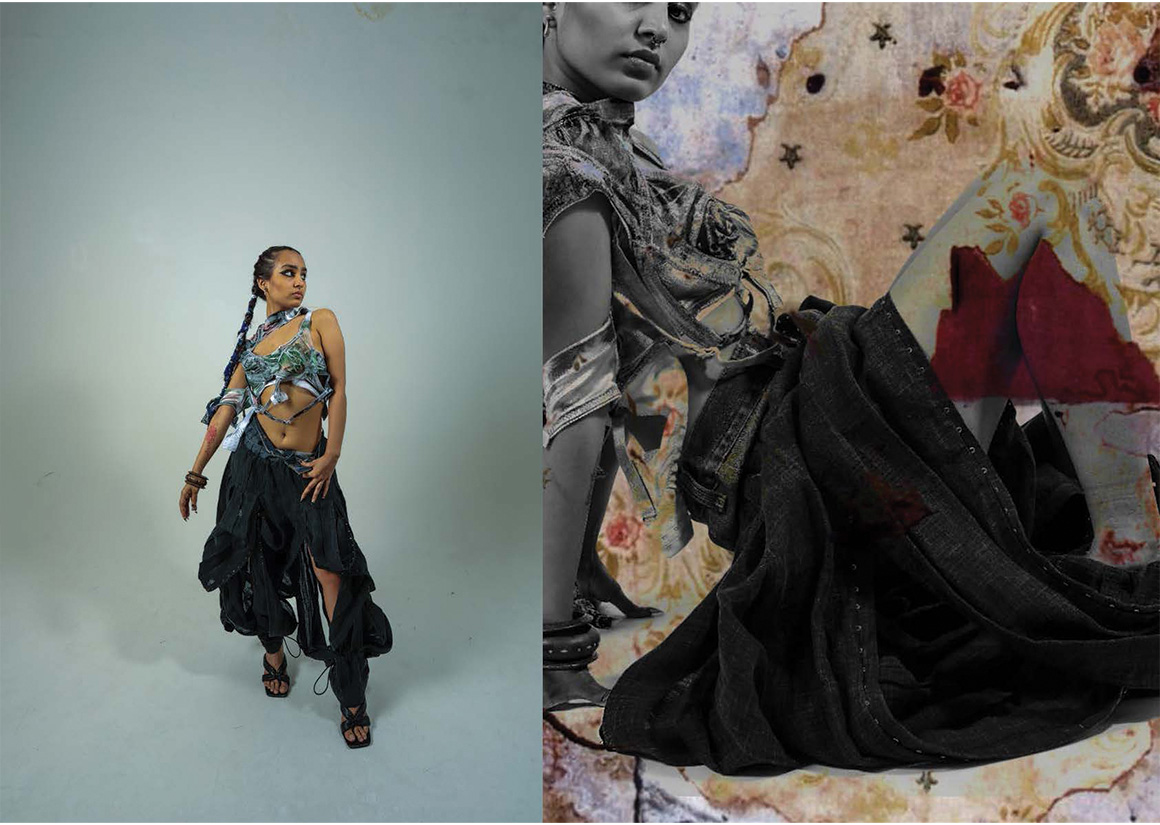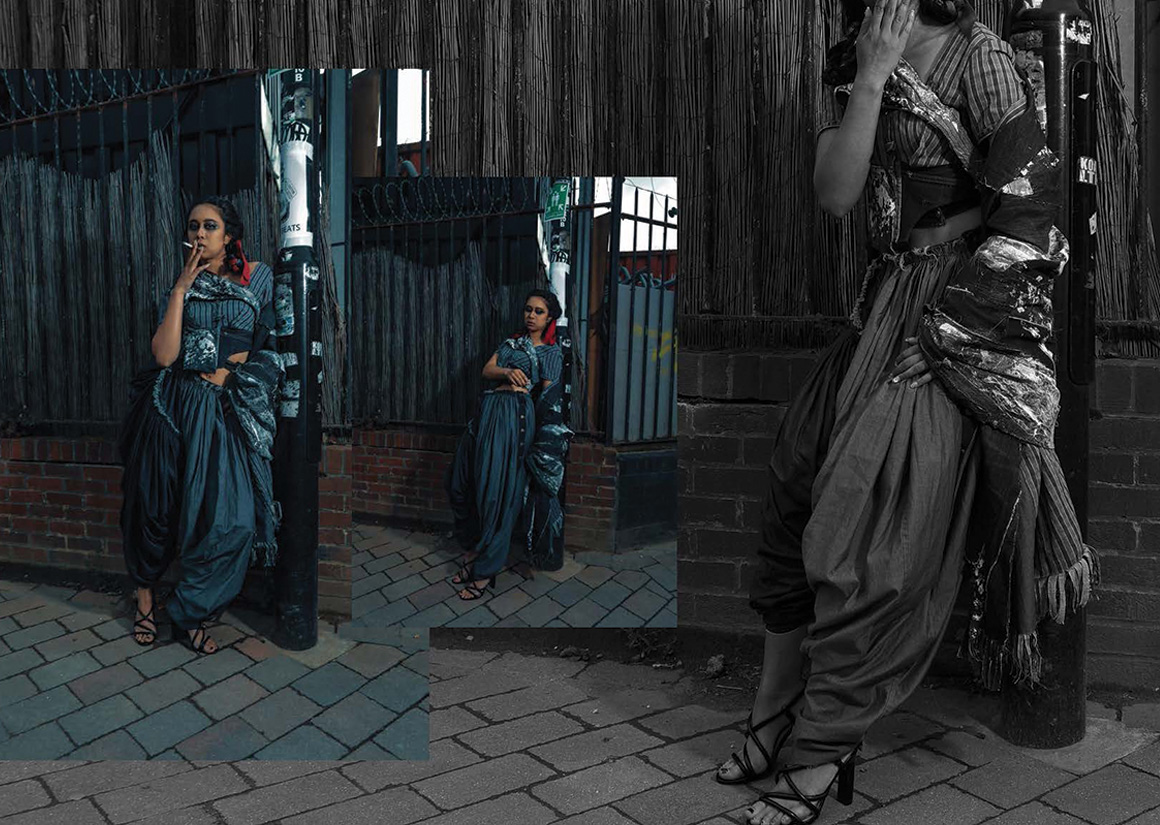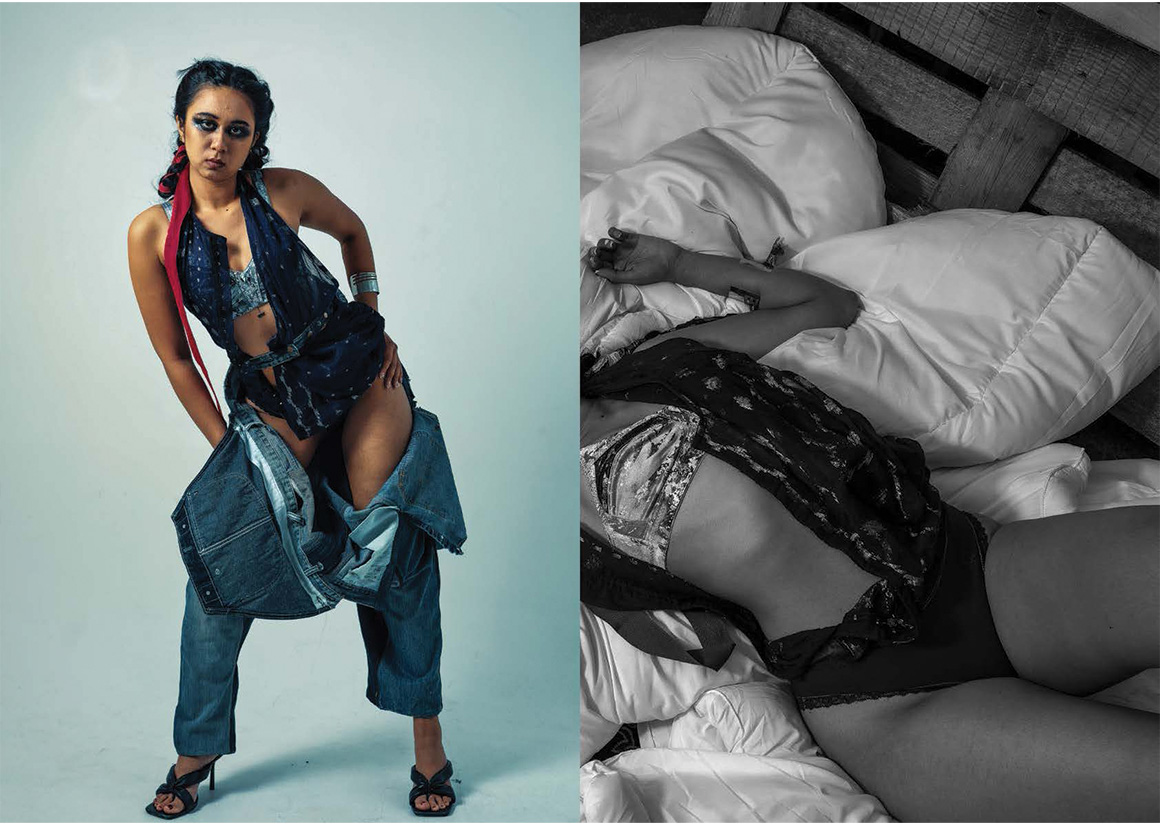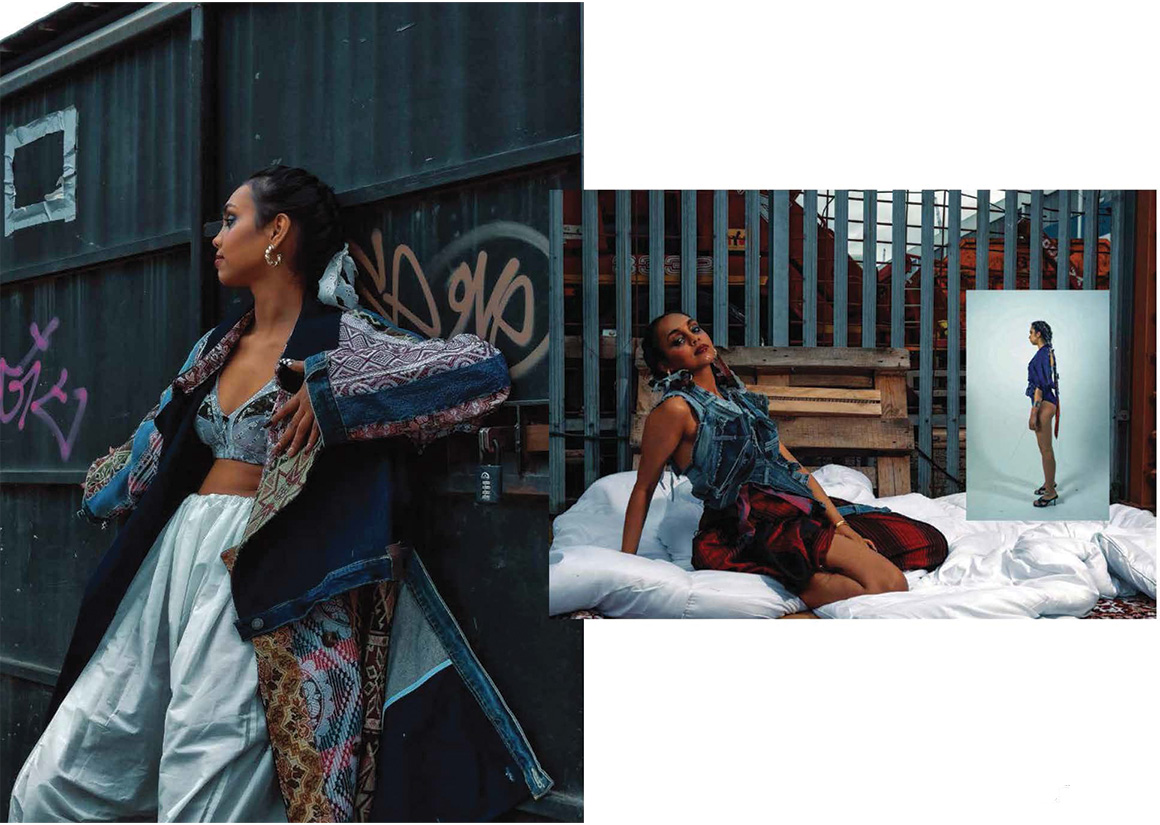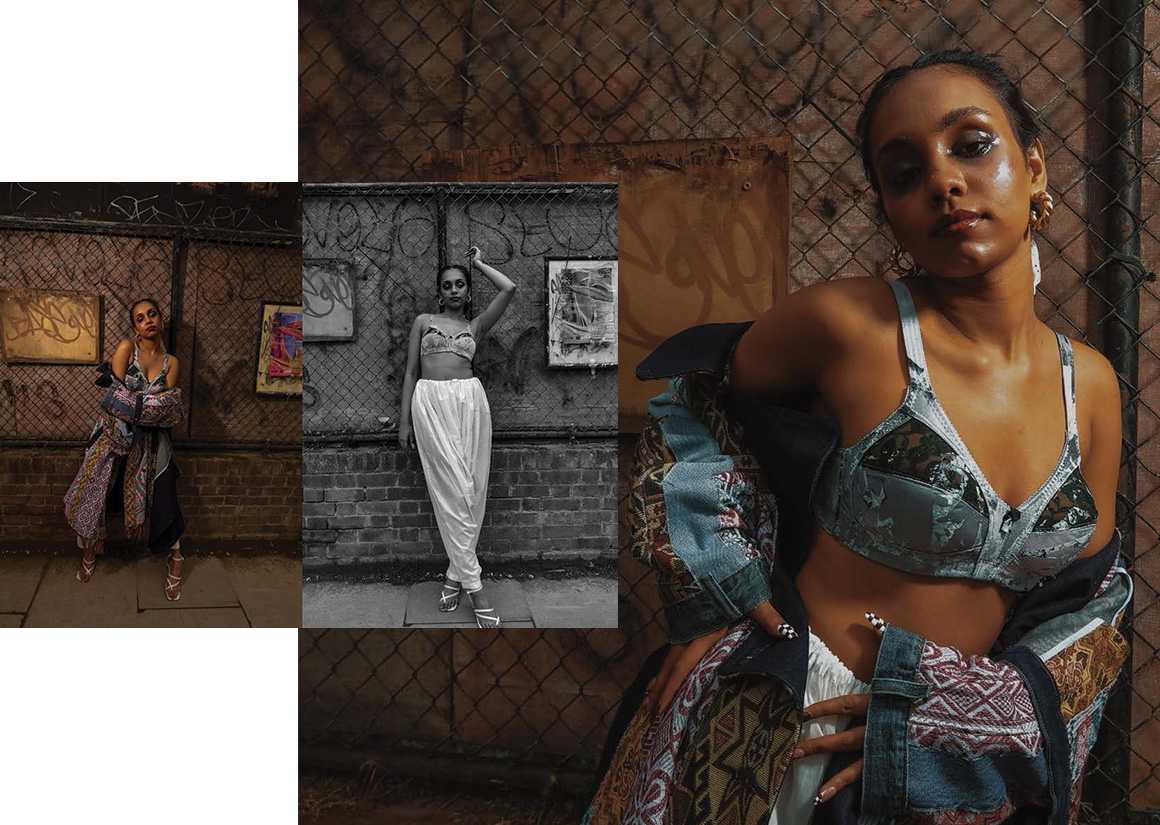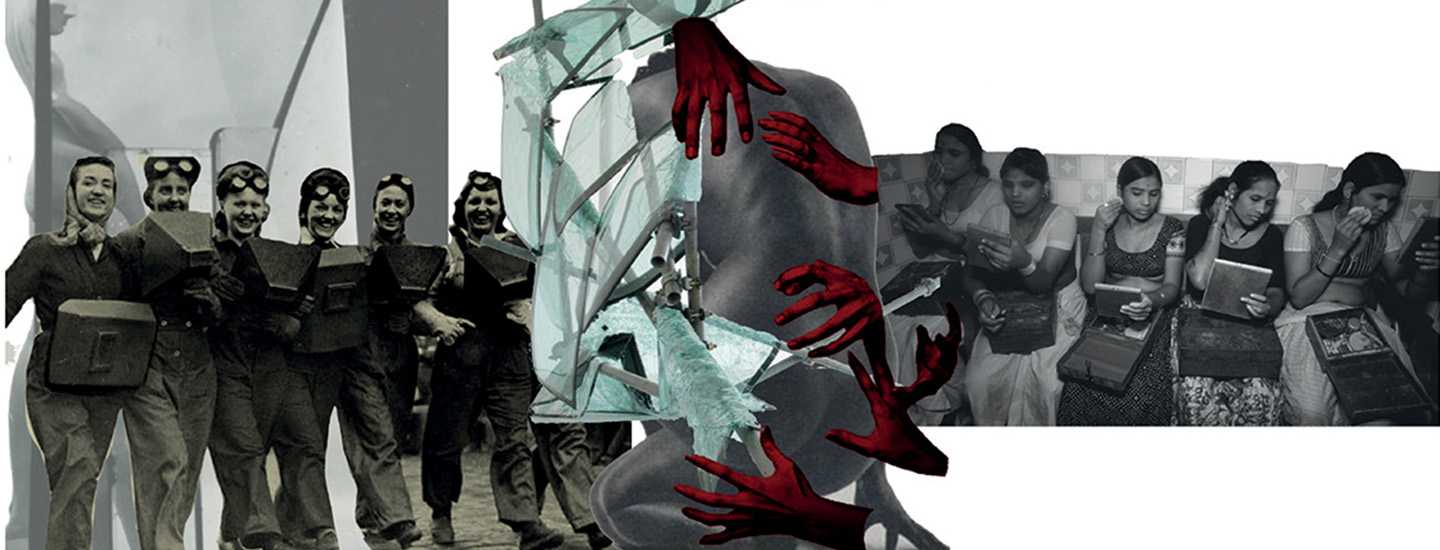
About Me
I'm Rashmi, a fashion design graduate from Kingston University, London
I'm a Womenswear designer specialising in deconstructed fashion and image-making in relation to the exploration of space and body. My projects are largely influenced by my Indian-British heritage, with exploration of South-Asian culture and feminism becoming core values within each projects.
My projects become a visual and tactile medium of defying and representing socio-cultural and political issues especially within the South-Asian communities. It allows me to reinterpret cultural motifs, textiles techniques and silhouettes within a contemporary context that may be stereotyped or lost. Having experience working in Menswear and Womenswear has highlighted the importance in design details, silhouettes and fabrication, through which the exploration of deconstruction, drapes and fastenings aid in creating garments to challenge, present and empower women.
INSPIRATION
Beyond Red Light
The collection explores the depth of the South-Asian prostitution during the 1970-80s with reference to Mary Ellen Mark’s famous photographic documentary of the Red-Light district of Falkland Road, Mumbai and idea of identity and uniform from the blue collar workwear, forming a space to create a so-called “uniform” within the Red-Light district. It investigates and challenges notion of morality, body and space within the essence of the occupation of prostitution.
The aim of the collection draws upon the Indo-western elements to create a modern interpretation of the socio economic impacts of the Red-Light District and the positionality of sex-workers within the hierarchy of South Asian societies. It explores the juxtaposition between sexuality and purity within the values associated with women especially within India. The garments play with elements of drapes, exposure, volume and restriction to distort and emphasize the contour of the female body.
MY WORK
PORTFOLIOS
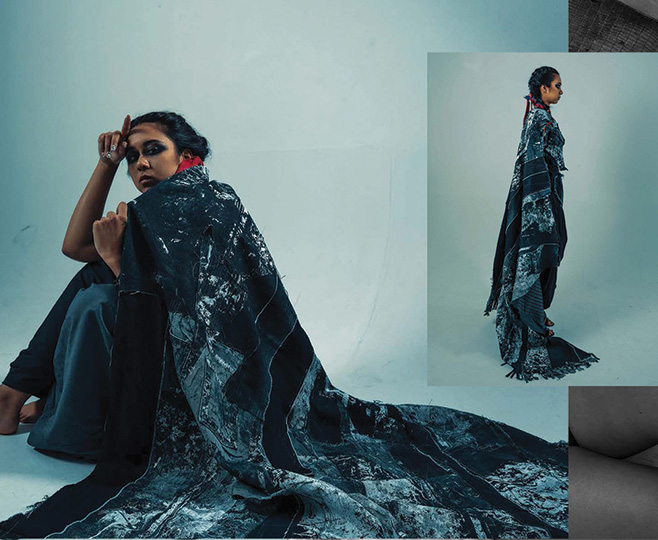
DETAIL
Fabrication/Textile
To capture the raw essence of the narrative, the fabrication uses deadstock fabrics, sourced sarees and traditional Indian bedspreads. The experimentation of textiles includes referencing Indian textile techniques such as Kantha stitching tie-dyeing, largely undertaken by women. The elements of workwear begin to introduce the deconstruction and reconstruction of denim wear, integrating patchwork and hand stitching, reflective of the traditional techniques of repair. It explores the relationship between labour reflected through fabrication and the “humanistic” nature of restoring. The aspect of screen-printing is introduced through exploring textures of dilapidating walls in combination with dyeing to create textiles reflective of wear and tear.
